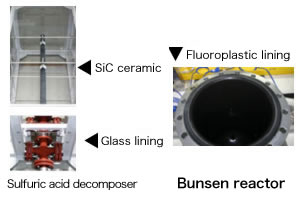R&D on High-Temperature Gas-cooled Reactor and Hydrogen Application Technology
What is High Temperature Gas-cooled Reactor (HTGR) ?
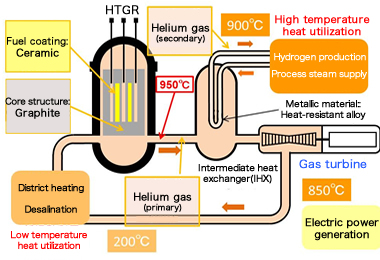
- Helium gas cooled reactor with outlet coolant temperature of 950°C.
- 80% of reactor thermal power can be utilized by a cascade energy system for hydrogen production, power generation and desalination.
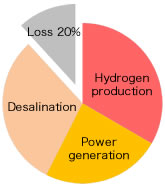
Superior inherent safety
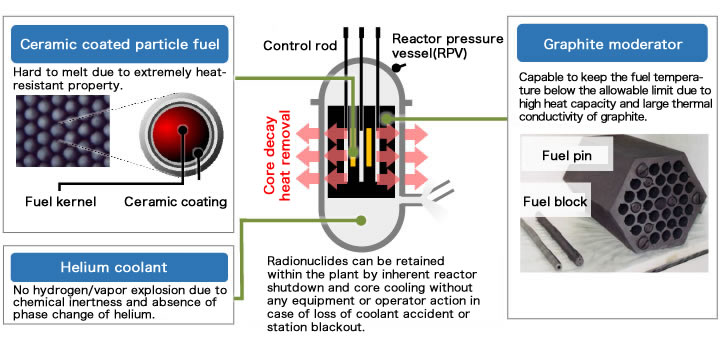
Specification of High Temperature engineering Test Reactor (HTTR)
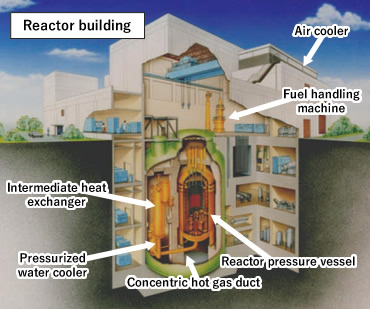
- Reactor thermal power : 30MW
- Reactor coolant : Helium gas
- Reactor inlet/outlet coolant temperature : 395/850, 950°C
- Reactor core material : Graphite
- Fuel : UO2
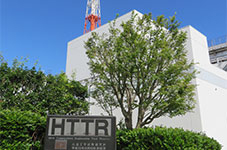
Safety demonstration test with HTTR
Test procedures
- Reactor power 30% (9MW)
- Tripping all gas circulators to reduce primary coolant flow rate to zero. → No core cooling!
- No reactor scram operation of reactor (No control rod insertion). → No core reactivity control!
Test results
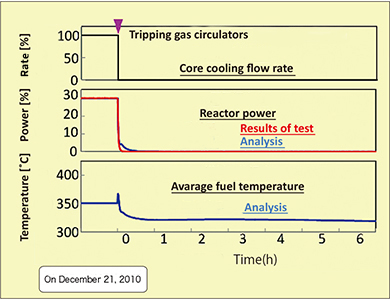
- Reactor was naturally shut down as soon as the core cooling flow rate had been reduced to zero. (Scram operation is not required.)
- Reactor was kept stable for hours after the loss of core cooling. (No fuel damage. No escalation into severe accident)
Naturally Safe!
more→ Department of HTTR
Technology of water splitting hydrogen production –Thermochemical IS process-
Reaction scheme and features
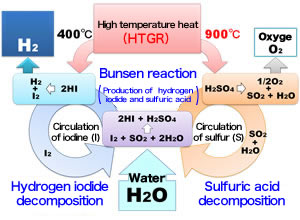
-
▪Thermal water decomposition :
- Heat over 4000°C is required.
-
▪IS Process :
- Chemical reactions of iodine (I) and sulfur (S) enable water decomposition at about 900°C.
→ No release of harmful chemicals
⋅HTGR supplies heat energy driving the process.
→ No emission of CO2
Hydrogen production test facility
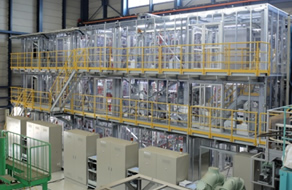
- ▪Continuous hydrogen production was achieved at the rate of 30 L/h for 150 hours. (January 2019) ▪Purpose :
- Verification of integrity of total process components made of industrial materials
